Silicone Shaped Beads
Discover our silicone shaped beads round, hexagon, cube, flat, animal or flower shapes, embossed – for jewelry making and get your Free Design Idea Book.
Original price was: $13.99.$7.99Current price is: $7.99.
43% Off
Original price was: $16.99.$9.99Current price is: $9.99.
41% Off
Original price was: $17.00.$5.99Current price is: $5.99.
65% Off
Original price was: $20.00.$13.99Current price is: $13.99.
30% Off
Original price was: $16.99.$12.99Current price is: $12.99.
24% Off
Original price was: $11.99.$9.99Current price is: $9.99.
17% Off
Original price was: $20.00.$13.49Current price is: $13.49.
33% Off
Original price was: $14.00.$4.99Current price is: $4.99.
64% Off
Original price was: $14.99.$8.99Current price is: $8.99.
40% Off
Original price was: $10.00.$4.99Current price is: $4.99.
50% Off
Original price was: $15.00.$11.99Current price is: $11.99.
20% Off
Original price was: $17.00.$15.99Current price is: $15.99.
6% Off
Original price was: $20.00.$19.99Current price is: $19.99.
0% Off
Original price was: $21.00.$18.99Current price is: $18.99.
10% Off
Original price was: $12.00.$9.99Current price is: $9.99.
17% Off
Original price was: $12.00.$9.99Current price is: $9.99.
17% Off
Tags
Tags
Shop Silicone Beads
Shop By Category
Learn to Bead With Us
Beading Tutorials – Tips and Tricks
Subscribe now and get special offers
From Our Blog
OUR MOST RECENT POSTS
Subscribe to our newsletter and get 10% Off!
Absolutely love these hexagon and round shaped silicone beads. Excellent for individuals with sensory needs, but can be used for so many varieties of things. These are intended to be used as pieces of jewelry, but have also been used in clear vases as a base for flowers and rooting new, routings, and has versatile use as also makes great little feet for on the bottom of jars or containers to sit on the counter. Highly recommended.
I picked these round silicone shaped beads to create beaded lanyards for teachers. Originally I was trying to use some other natural stone beads and they were very heavy and i did not think that would be very comfortable for lanyards so I went looking for an alternative and found these. The colors are very vibrant and uniform in shape and perfect for what I need them for. I think these would be great for so many uses - I think I may make some keychains and maybe some rearview mirror necklaces! I love these and glad I took a chance on them!
Category Description - Silicone Shaped Beads
More on Shaped Silicone Beads
Our silicone shaped beads are round, square, cube, hexagon /polygonal and flat. Different colorss beads adopt floral theme, shaped in round, hexagon and daisy, pretty and eye-catching, perfect for you to make your craft products.
The silicone shaped beads are made of soft silicone material, you can use them to DIY your personalized craft products, and also can make gifts to your friends.
The History Of Beads – Amazing Facts on Shaped Beads
Archaeological evidence suggests that early humans may have created and worn beaded jewelry up to 75,000 years ago, making it one of the world’s oldest expressions of individuality and status.
Two beads made from ostrich eggshell were discovered by archaeologists in Tanzania in 2004, and are thought to be around 70,000 years old. They are believed to be the world’s earliest known beaded jewelry.
The discovery of beads of this age is significant because they provide evidence that early homo sapiens were capable of ‘symbolic thinking’. Whether for trade, or to demonstrate status or identity, archaeologists believe these early beads had little to do with survival.
The earliest known European beads date from around 38,000 BC, and were discovered at La Quina in France. The beads – made from grooved animal teeth and bones – were probably worn as pendants, and represent a time when homo sapiens were replacing Neanderthals and living more complex lives.
As homo sapiens evolved, the implementation of farming and the accumulation of material possessions acted as stimuli to trade. An unprecedented level of craftsmanship developed, including weaving, pottery and bead-making in various forms.
As long-distance trading grew, it encouraged the exchange of culturally significant artefacts. Beads became a popular commodity due to the ease with which they could be carried. Agate, serpentine, Sinai turquoise and cowrie shells from the Mediterranean, as well as coral and carnelian, were some of the first beads traded and have been discovered at archaeological sites throughout the Middle East.
From around 6,000 BC, beads and their raw materials became an increasingly significant ‘currency’. Lapis lazuli beads – which were mined 1,500 miles away in Afghanistan – were of great importance to the Sumerians of southern Mesopotamia. Often, it was the raw materials that were traded, with the beads themselves fashioned locally to fulfil cultural need.
During the Bronze Age, Greek traders from Mycenae established strong trade links with less advanced cultures around the Baltic. Copper and bronze was exchanged for amber, with was then fashioned into beads. The Greek traders also passed on cultural knowledge and expertise which helped the Baltic communities to advance.
The first known glass-type beads were Egyptian faience beads which were made from clay, but had a thin lustrous glass-type (vitreous) coating. From about 5,000 – 2,000 years ago (a period of remarkable stability in Egypt), Egyptian bead-makers often worked under the patronage of kings or priests. They used sophisticated techniques and an incredible variety of precious materials to create stunning beaded jewelry from round shaped beads which was worn as an expression of status and hierarchy.
More complex glass beads, such as mosaic or ‘millefiori’ beads, were developed in Mesopotamia about 3,500 years ago. Further refined by the Syrians and Egyptians, these sophisticated beads were traded as far north as Scandinavia. As these empires fell, the expert bead-workers – whether by their own volition or by force – would relocate, taking their skills and secrets with them.
The Romans, who had a love of colored translucent glass, created sophisticated new kilns to produce more liquid-type glass. They developed glass drawing and glass blowing techniques, and drew on the knowledge of their best bead-workers, many of whom hailed from the eastern provinces. They traded large numbers of glass beads (in a myriad of colors and sizes). Roman beads have been found as far east as China and Korea, as well as north to Scandinavia, and south to Mali and Ethiopia, these beads were traded through new and existing trading routes often passing through many different cultures.
Often, the Romans traded beads for profit with less technologically-advanced cultures. They also traded beads in exchange for local resources, such as Whitby Jet and Baltic Amber, which were available at the extremes of the Roman Empire.
As the production capacity of the Roman glass manufactures increased, beads were no longer produced for just the elite, but for the general public too, although the bead quality was often poorer.
With the collapse of the Roman Empire, so the glass-making expertise dispersed and regional bead styles evolved. Previously settled tribes began to migrate, taking highly-sophisticated bead jewelry with them as a portable form of wealth.
European glass bead production diminished during the medieval period, apart from in small pockets of France, Italy and Germany, where imported soda used in the glass production process, was replaced with potash lime made from local wood ash.
By the early fifteenth century, Venice became the glass and bead making center of Europe, (lesser centers also existed in Holland, Bohemia and Moravia) due largely to tribal conquests in the Middle East ending 3,000 years of bead production. There is speculation that after the Ottomans captured Constantinople in 1453, many of the glass makers there moved to Venice, taking their secrets with them.
Venetian glass bead production was concentrated on the island of Murano (which was by now the world’s dominant bead production center) to protect the city from fire risk from the kilns, and to safeguard the production secrets of the glass workers. Even if venetian glass beads were round shaped, there is still a long way from here to round shaped silicone beads.
In 1797, Venice fell to Napoleon. Many of the city’s bead and glassworkers were taken to France where their secret production techniques were uncovered. This allowed for the growth of new European bead production centers in the Czech Republic and Holland.
From about 1750, beads from the Bohemian region of the Czech Republic became a viable alternative to Venetian beads. As the Venetian bead empire faltered, so the Bohemians began to develop unique production techniques, which – from about 1737 – included the cutting of glass on water powered cutting wheels. Two distinct forms of ‘Kristallerie’ cutting evolved; ‘Kugeln’ (globe) cutting which used a round
cutting wheel to produce a concave cut, and ‘Englisch-Schliff’(English Cut) horizontal wheels which produced a flat cut. By 1829 there were 152 specialist cutting workshops in Gablonz (Jablonec nad Nisou) alone, as well as more than a thousand local ‘cottage’ producers.
The world famous Daniel Swarovski was born into a glass cutting family in northern Bohemia in 1862. In 1883, Swarovski attended the ‘First Electricity Exhibition’ in Vienna, which inspired him to improve methods of cutting and faceting glass beads. In 1892, Swarovski patented the first electric glass cutting machine, leading to the birth of the mechanised production of crystal glass.
Following the end of the Second World War, the sudden expulsion of the ‘Sudeten German’ element of Bohemia (some three million people), brought an end to many of the region’s famous glass and jewellery making dynasties. Under a new communist Russian regime, an alternative Bohemian glass bead culture – fuelled by creative Czech artists – began to grow and still exists today. For many years, the state run export house Jablonex, controlled a large portion of Bohemia’s glass industry. In 2009, the region’s core glass production business passed to the Preciosa Group, who continue to uphold the traditions of Czech glass production, and whose beads are still, to this day, primarily made from drawn glass rods
Silicone shaped beads – Find your perfect bead
Kick-start your jewelry-making journey with our collection of silicone shaped beads for jewelry making. At Clever Beads you get to choose from an extensive collection of beads that include round, hexagonal/polygonal, cube or flat silicone beads, cute animals and delicate flowers, as well as other cartoon character silicone beads. Use these smooth and symmetrical beads to create charms, ornaments, garlands, bracelets, necklaces and a lot more. You can also visit our website for tips and tricks that will help you design jewelry like a pro. If you are looking for silicone shaped beads jewelry supplies for your next DIY project, you have come to the right place. You will be spoilt with our colorful assorted beads. Clever Beads is your one-stop destination for art and craft beads. These silicone beads are made of high-quality silicone, which is soft, flexible and has excellent durability. Whether you are a beginner or an experienced crafter, you can easily use these beads to create beautiful creations. We also offer supplies for all types of DYI jewelry or chewelry craft projects. Would you like to make trendy jewellery for a chance, than use these gorgeous assorted silicone beads. A good round shaped silicone beads kit is perfect for every season!
Silicone shaped beads are made of high quality silicone that is durable, flexible, easy to clean, and safe to use. They are perfect for DIY crafting with their design and beautiful colors, and easy to match, you can use them with other accessories to create charming crafts or beautiful decorations to add a little extra sparkle to your crafting projects
Silicone Shaped Beads Wholesale
Purchasing silicone beads wholesale gives crafters, small businesses, and DIY enthusiasts a chance to save money while stocking up on high-quality, non-toxic materials. Wholesale suppliers provide a wide selection of premium silicone beads, available in various sizes and colors, suitable for making teething toys, bracelets, necklaces, and more. When you buy in bulk, you're able to create large quantities of items at a lower cost per unit, making it an ideal solution for those looking to manufacture or sell teething accessories or other silicone-based products. Additionally, wholesale suppliers often offer bulk discounts and the option for custom designs, so you can tailor your order to match your product vision.
Cheapest Place To Buy Bulk Silicone Beads
For the cheapest bulk silicone beads, websites such as Amazon, and Clever Beads offer a wide variety of options at significantly lower prices compared to retail stores. These platforms specialize in wholesale deals, providing direct access to manufacturers that often offer the best prices for bulk orders. Additionally, if you plan to buy in larger quantities, we offer discounts or free shipping to help lower overall costs. Just be sure to verify the quality and safety of the beads, particularly if you’re using them for teething or baby-related products.
End of categ Shaped Silicone Beads
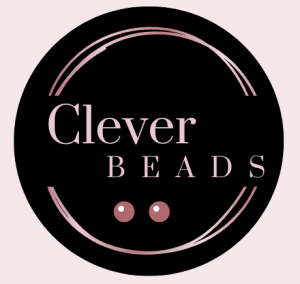
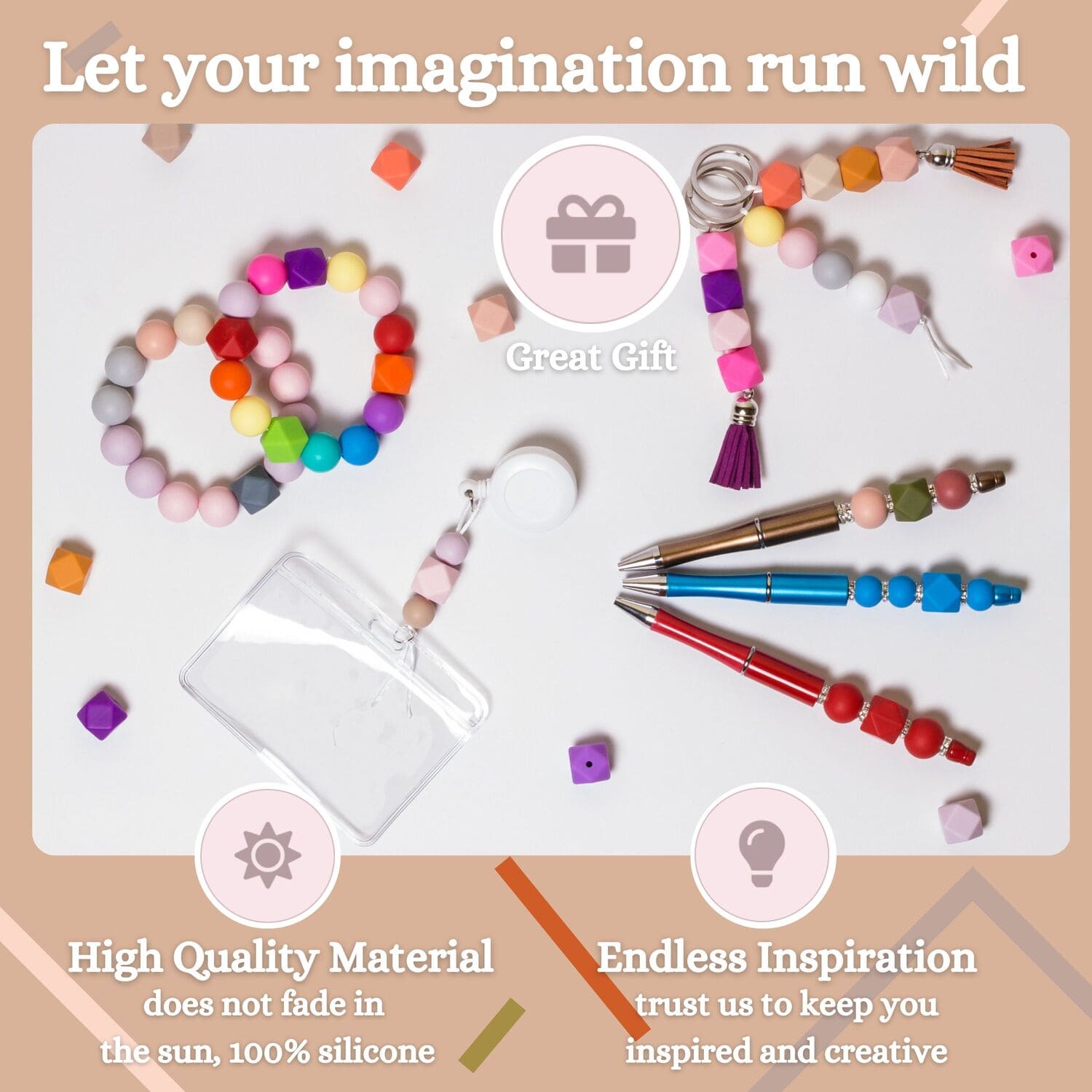
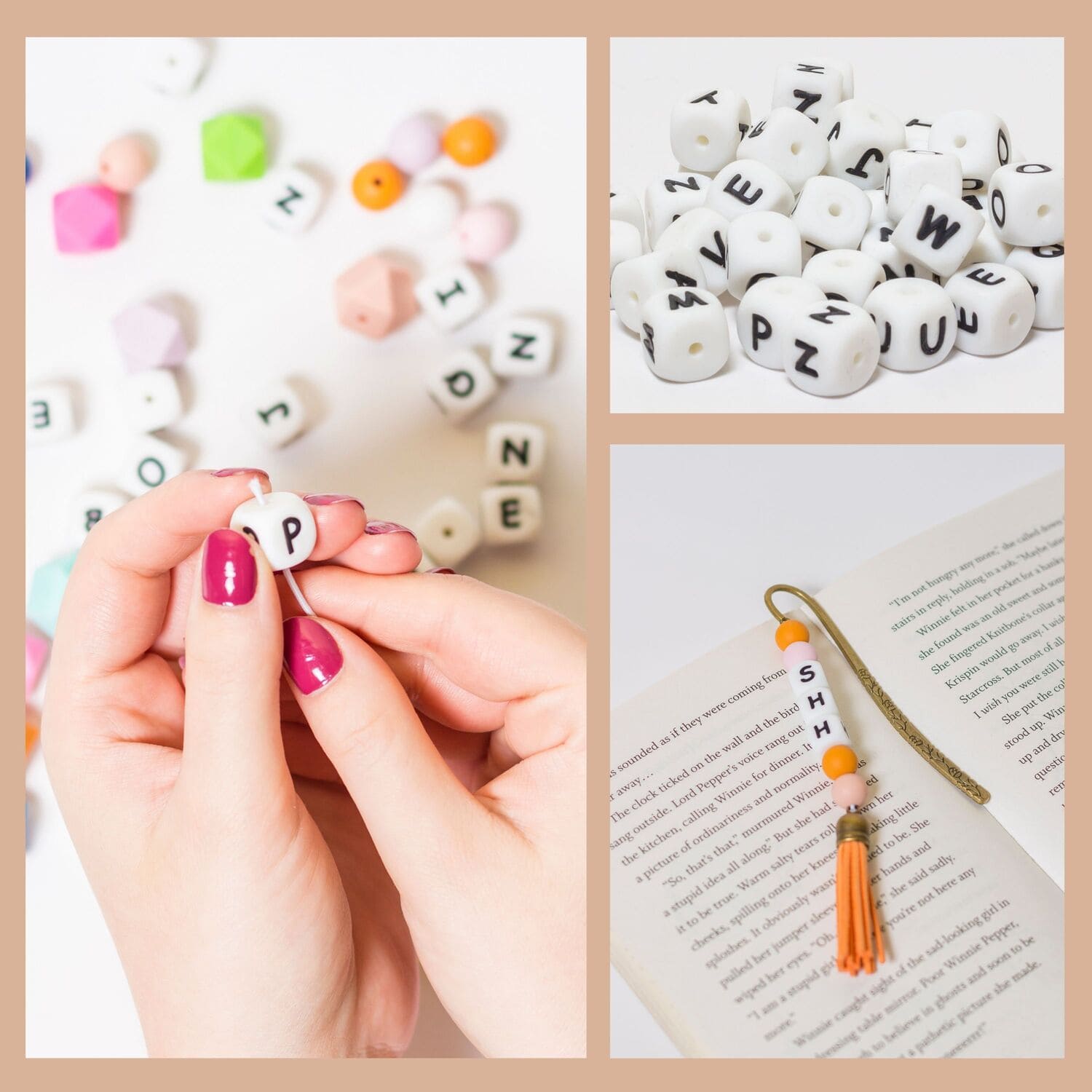

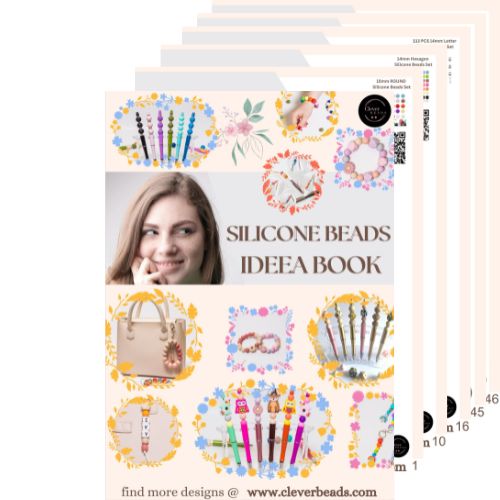

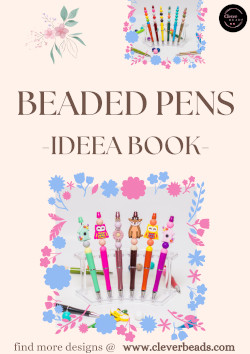
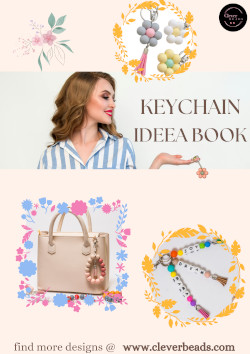
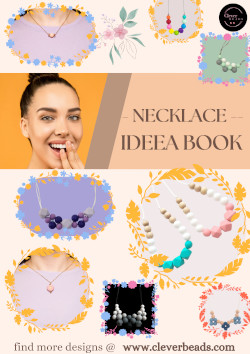

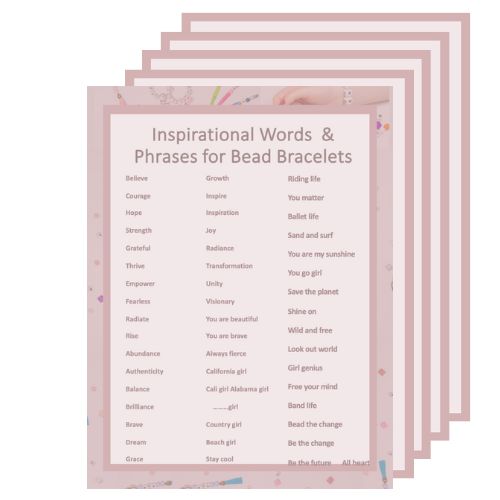
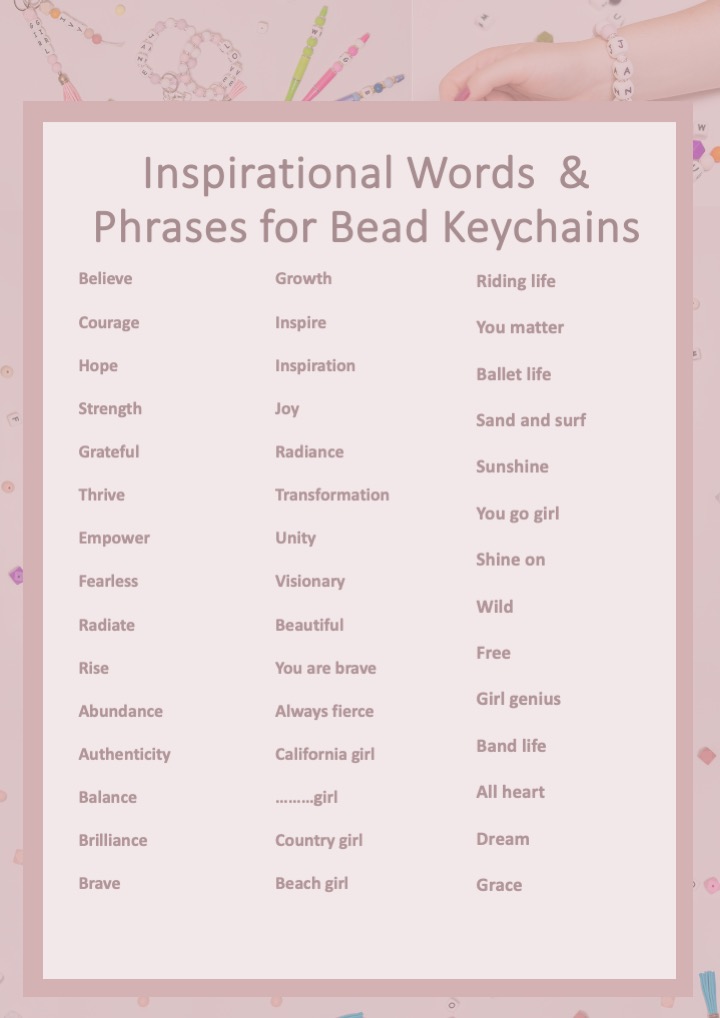

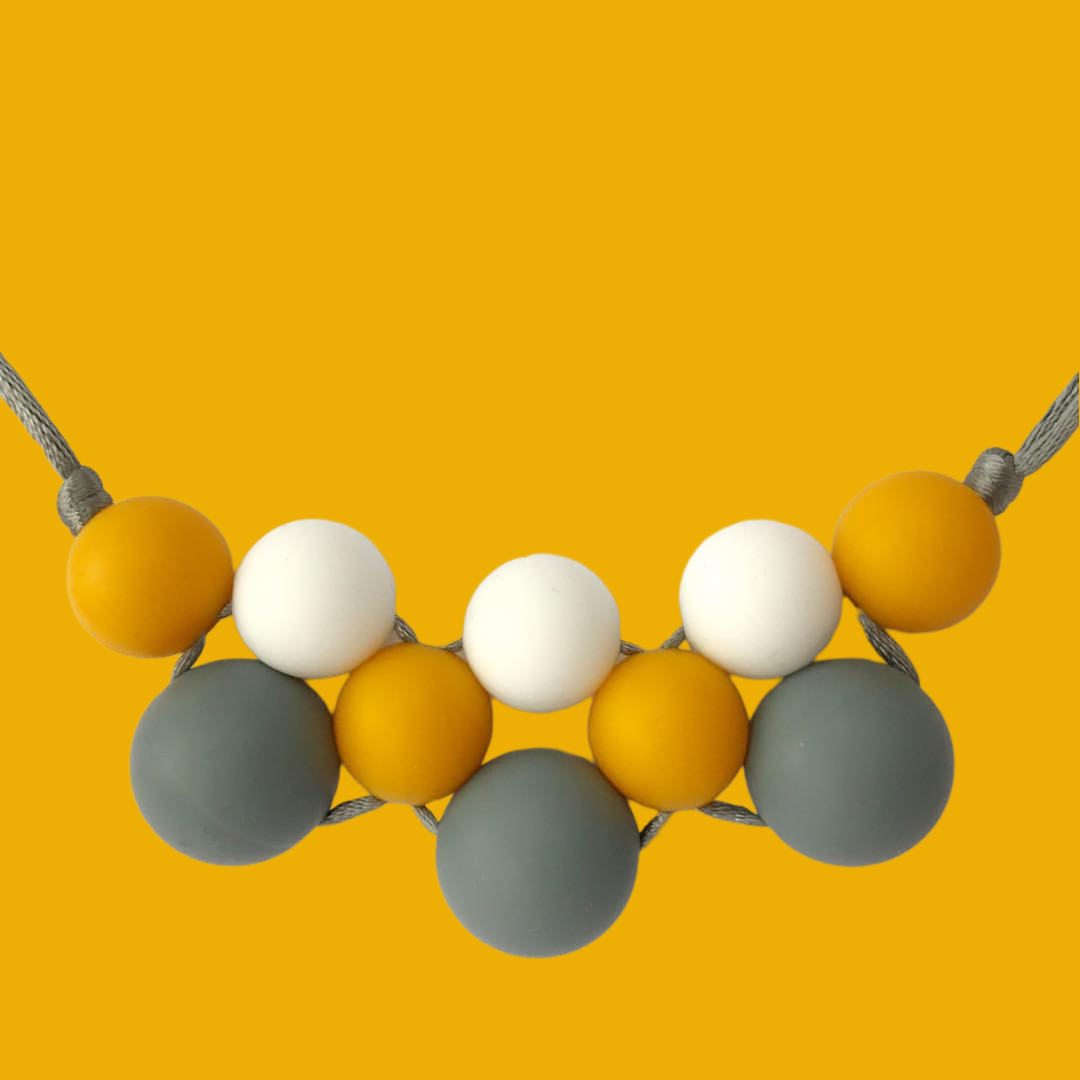
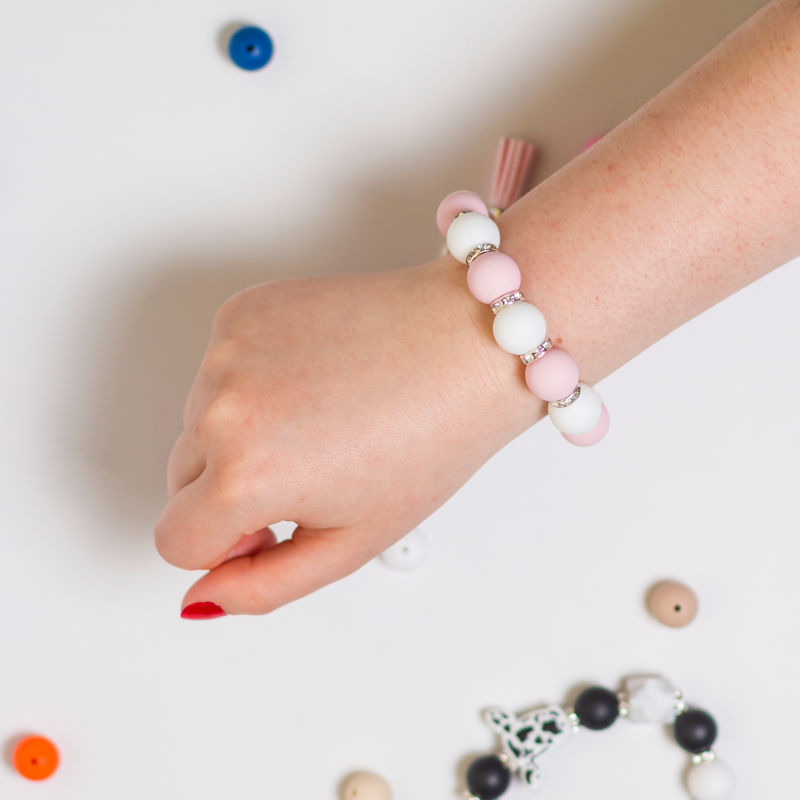
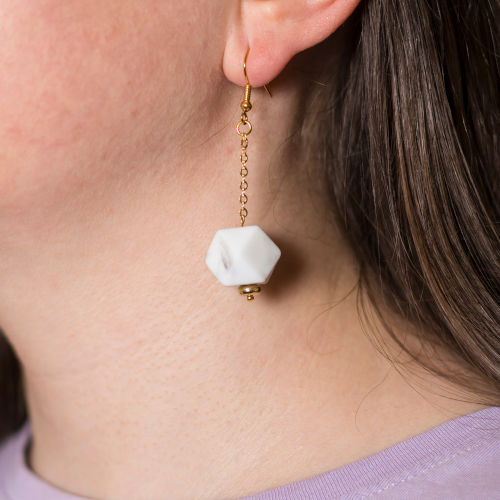
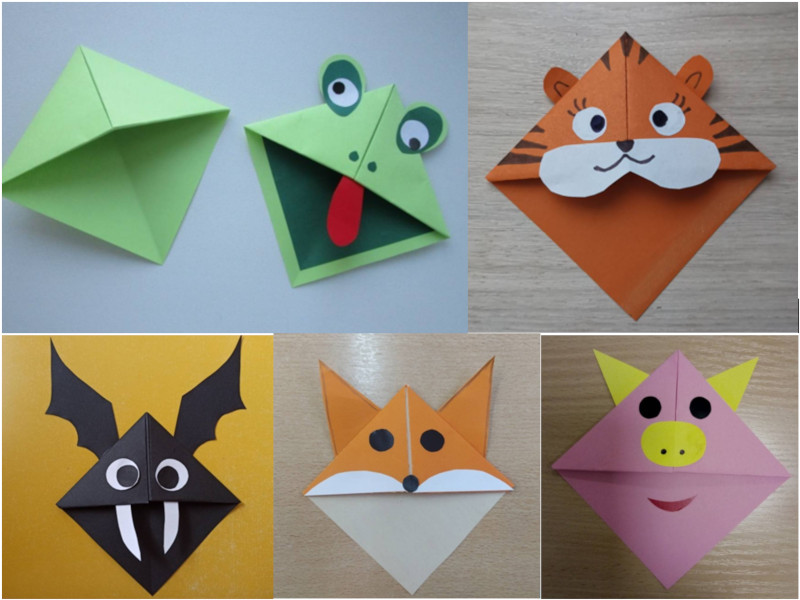
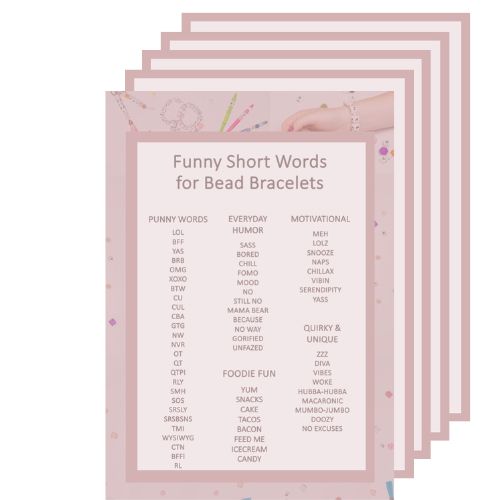
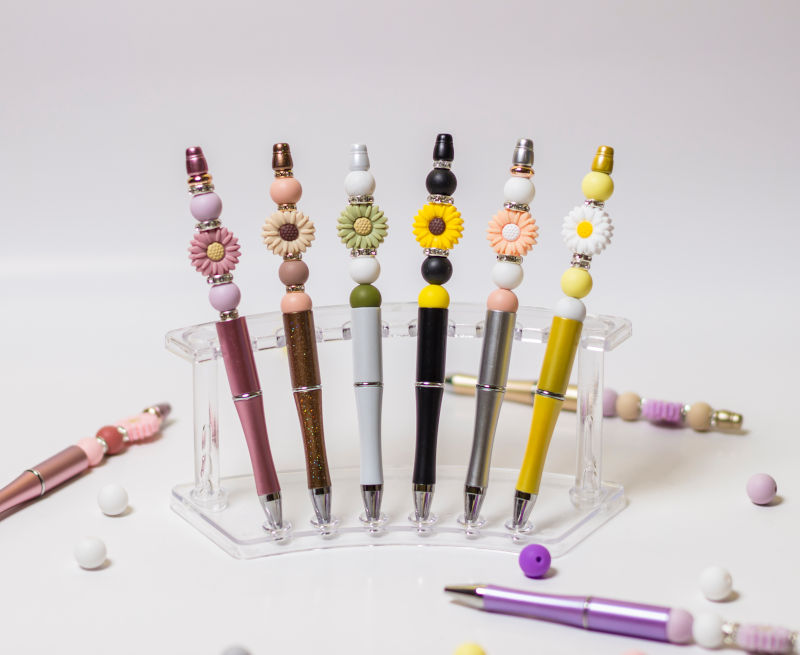
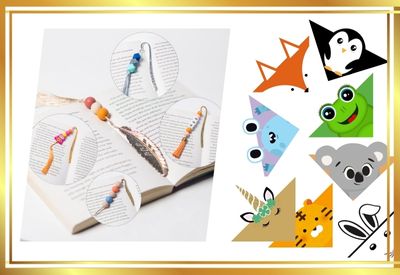


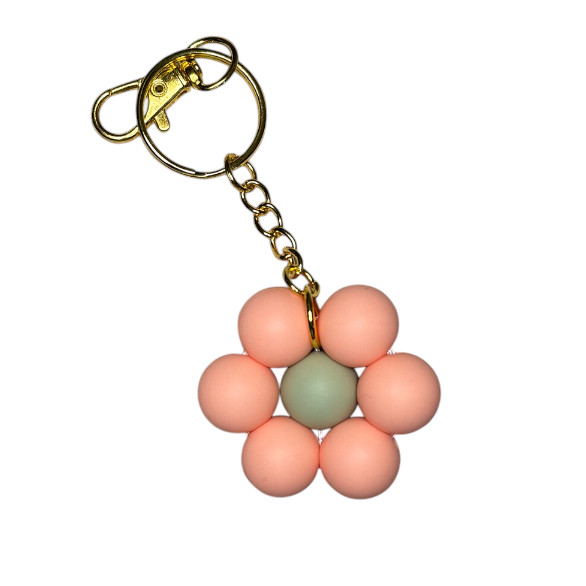




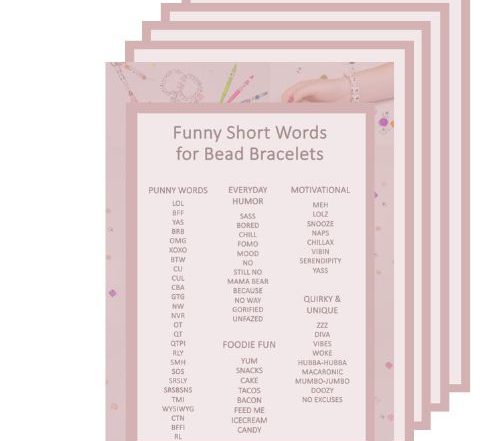


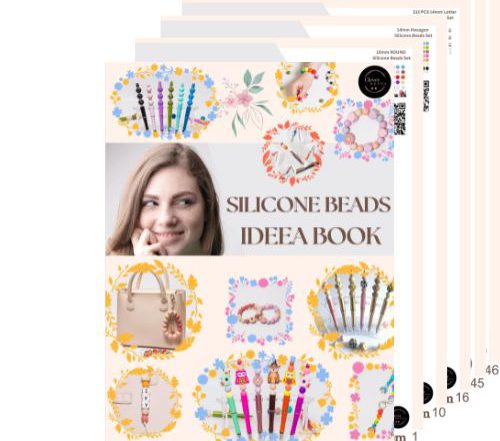




Pam says:
BettySweet says:
Jamie says: